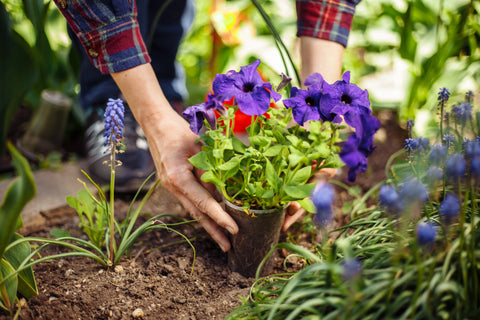Finding the Perfect Spot
Light plays a significant role in keeping your mounted plant healthy. Most mounted plants thrive in medium to bright indirect light. Avoid placing them in direct sunlight, which can dry out their roots too quickly. A bright room with filtered light from a nearby window is ideal. If your space is dim, consider using a grow light to provide enough brightness for healthy growth.
Understanding the Differences in Light Needs of Various Plants
All mounted plants do not have equal amounts of light. Here are a few common ones and the type of lighting they like best:
- Ferns like moderate to low indirect light, ideal for shady areas.
- Hoyas are tough little cookies that like bright, indirect light but can take some direct sun.
- Bromeliads like bright, indirect light, and direct sunlight when it is available.
Knowing what light your plant needs is the best way to locate it in a place where it will truly bloom.
Watering Right
Mount plants do not have potting soil to retain water; they must be saturated with water. To do this, follow these instructions:
1. Fill up a large bowl or your sink with room-temperature water
2. Submerse the mount with the wooden board entirely in the water for 15 to 30 minutes.
3. Remove it from the water and let it drip dry for a few hours before hanging it back up.
How Often to Water?
The frequency of watering depends on various factors, such as temperature, humidity, and light exposure. Here's a general guideline:
- In warm months (spring/summer), water is used every 7–10 days.
- In cool months (fall/winter), water is used every 10–14 days.
Check the moss at the roots. When it becomes dry and brittle, it's time to soak it.
When Does Your Plant Need Water
If the plant shows the following symptoms, it's time for a deep soak.
- The moss at the roots feels dry and brittle.
- Leaves become limp or wrinkled.
- The plant appears dull or limp.





